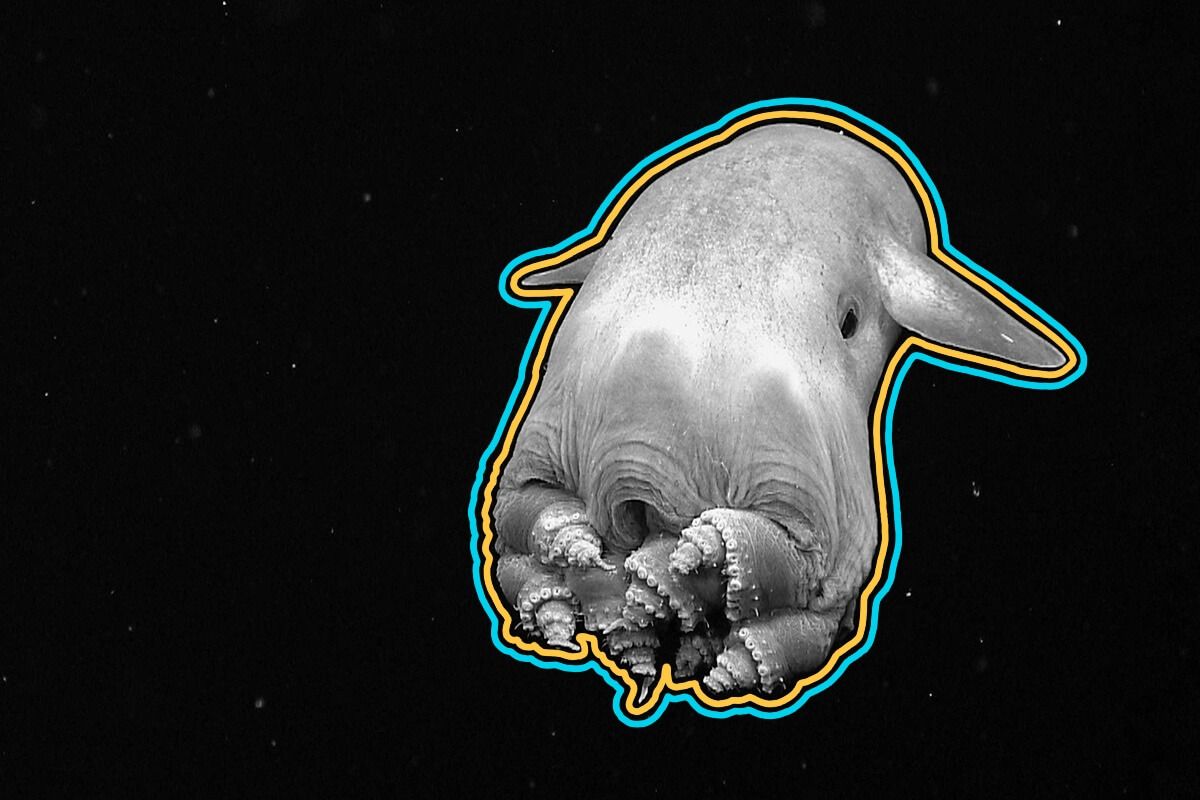
There's a jellyfish that’s considered biologically immortal.
Immortality is the dream of ancient mystics and futuristic transhumanists alike, but for humans and most other animals on Earth, the promise of such longevity remains out of reach — that is, unless you’re a jellyfish known scientifically as Turritopsis dohrnii, nicknamed the “immortal jellyfish.” The life cycle of most jellyfish begins with a fertilized egg that grows to a larval stage called a planula. Eventually, the planula attaches itself to a surface, and forms into a tubelike structure known as a polyp. These polyps eventually bud and break away into an ephyra, aka a young jellyfish, and these floating youngsters then develop into adult medusae capable of sexual reproduction.
Most species of jellyfish call it quits at this point, and eventually die like every other species on Earth — but not Turritopsis dohrnii. Instead, when this creature becomes damaged for whatever reason, it can revert to a blob of living tissue that eventually develops back into a polyp, and once again its developmental process repeats. Of course, this jellyfish isn’t immune to the numerous dangers of the ocean — whether from predators or climate change — but if left to their own devices, these incredible creatures can just go on living forever.
Although the immortal jellyfish is a longevity outlier in the animal kingdom, there are a few other organisms that can pull off similar feats. Planarian worms display a limitless ability for regeneration, and can become two worms when cut in half. Additionally, the bacterium Deinococcus radiodurans is resistant to basically everything, as it can reassemble its genome and effectively return to life even after intense heat or radiation — a feat that earns the hardy bacterium the fitting nickname “Lazarus microbe.” Maybe immortality isn’t so impossible after all.
Most animals, whether a minuscule fruit fly or a complex human, have a central nerve center known as the brain. However, jellyfish don’t follow this seemingly basic biological blueprint. Instead, jellyfish rely on two separate nervous systems: The “large nerve net” controls swimming, while the “small nerve net” is essentially responsible for everything else. Even without a brain, jellyfish perform complex actions, especially when feeding and mating, suggesting that brains aren’t a requirement when it comes to defining life on Earth. In fact, jellyfish might be better at the whole “living” thing than many animals — biologists say that they’ve survived every single extinction event in Earth’s history.

